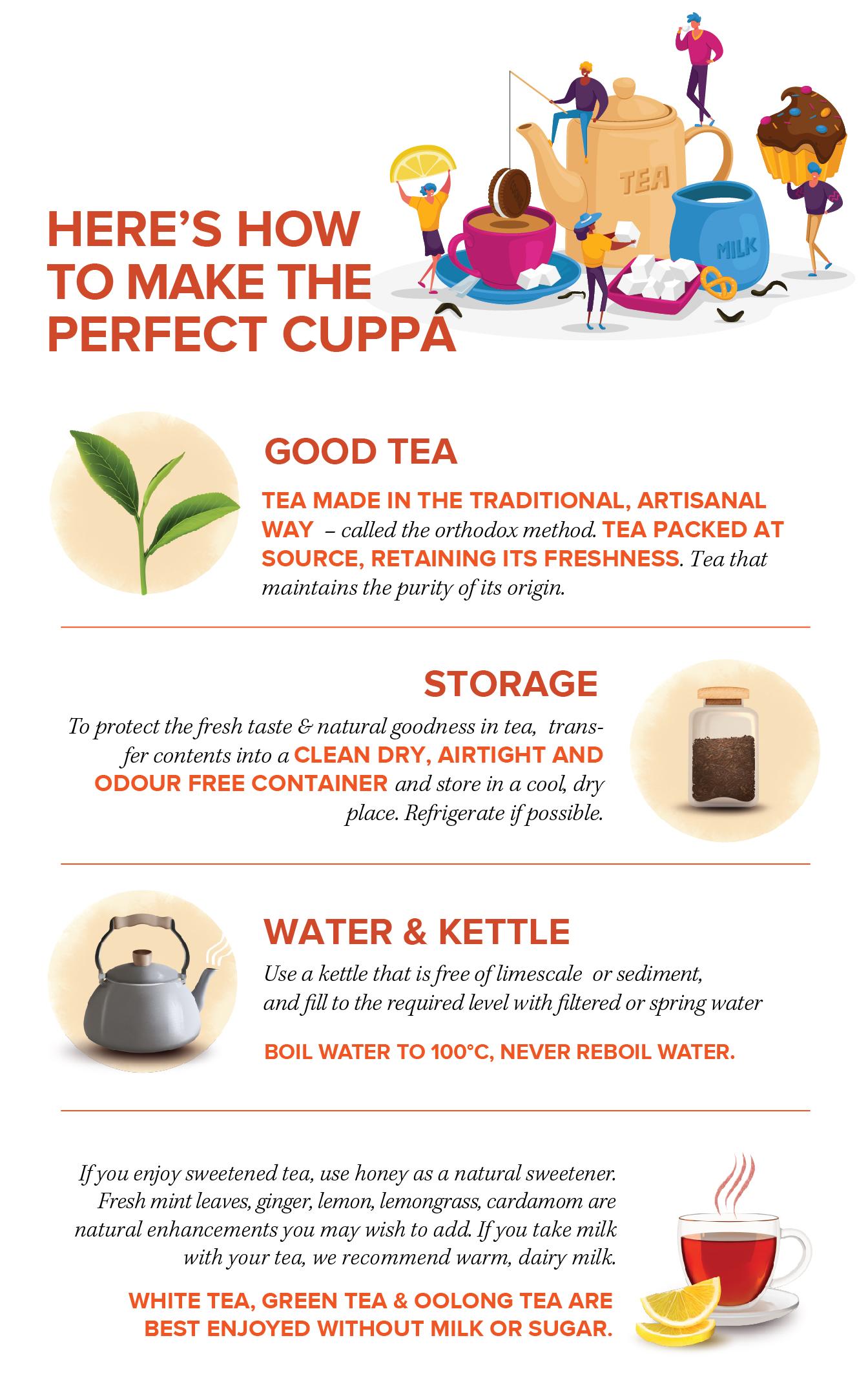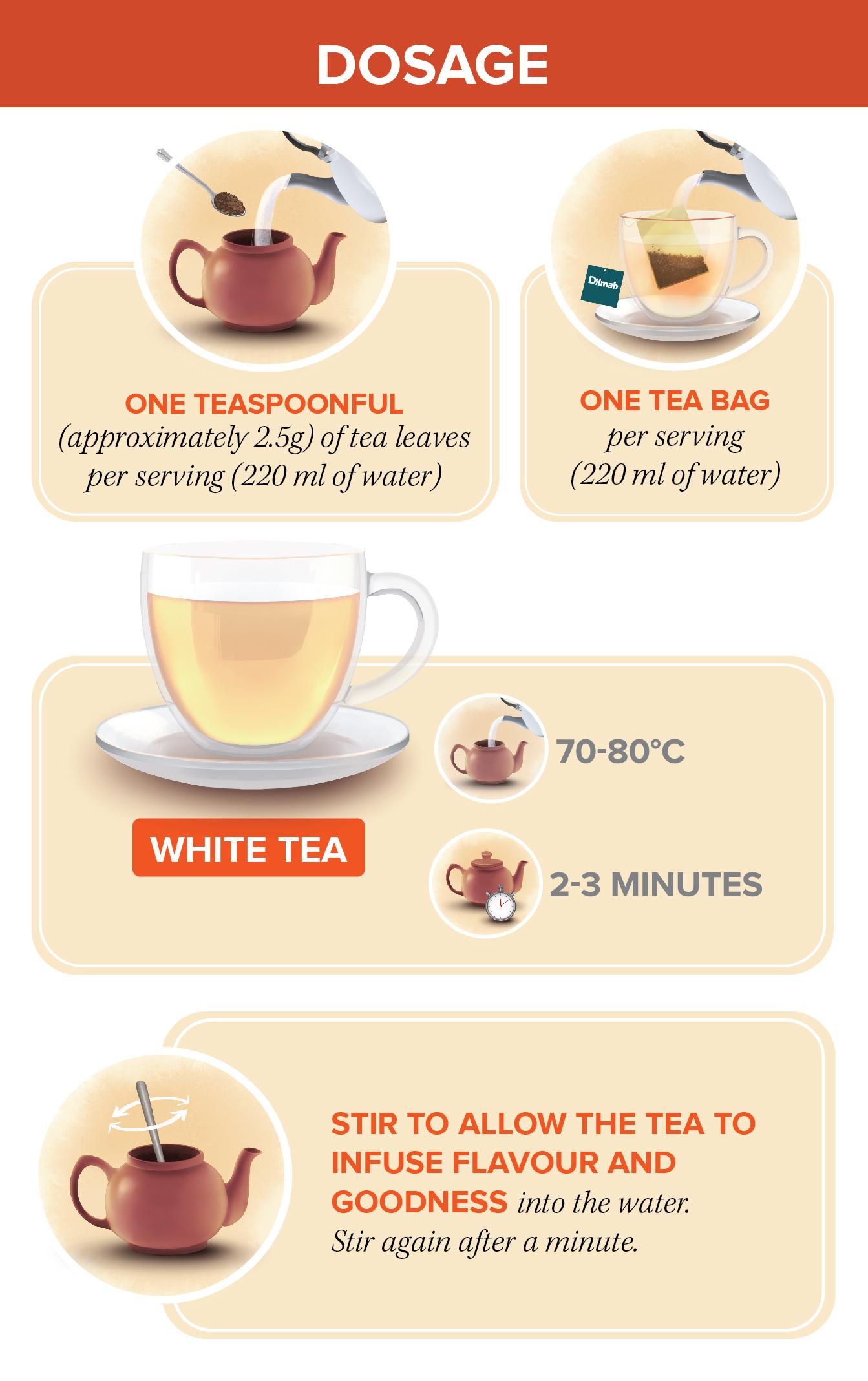The subtle variations among black, green, white and oolong teas are a result of the manufacturing process of the leaf. Yet, the resulting unique variations in the liquor colour, aroma and taste come from the leaves of one plant – Camellia Sinensis. Tea is not just about the drink but the total experience of selecting the type, preparing, serving, and taking time to enjoy it.
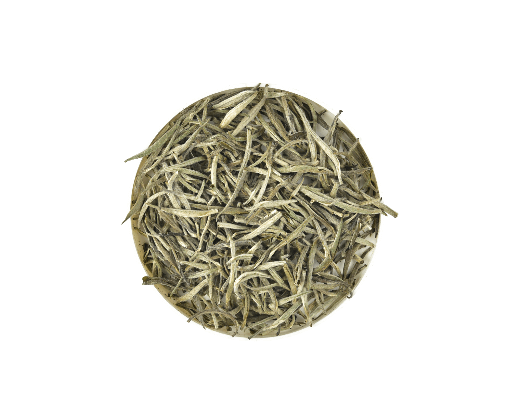
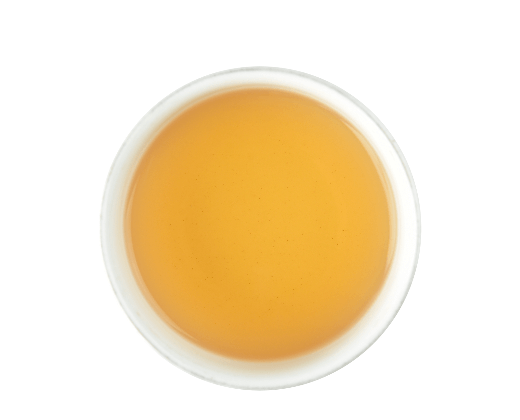
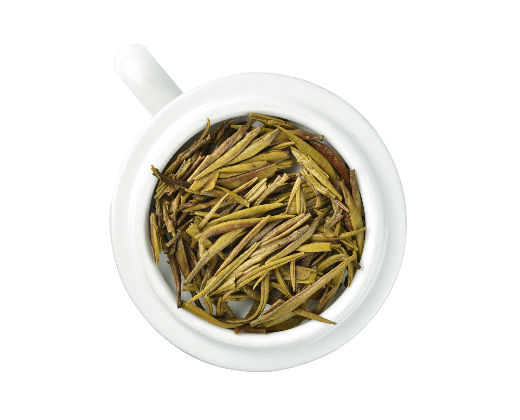
All types of “true” tea actually originate from the same plant. The botanical name for the tea plant is camellia sinensis. This plant originated in southern China thousands of years ago, and has been cultivated and consumed for hundreds of years.
White tea, known in Sri Lanka as Silver Tips, is amongst the most rare and refined of teas for the discerning tea drinker. Whilst most of the tea labelled “White Tea” around the world is in fact a mix of a nominal amount of white tea and green or black teas, real white tea maintains a specific appearance with a silvery leaf and a velvety texture, and producing a bright, golden liquor when brewed.
Silver Tips or real white tea is made from the handpicked buds of the Camellia sinensis plant. The picking is restricted to the most experienced tea pickers as it requires gentleness to avoid damaging the cells within the bud, causing fermentation and therefore bitterness to develop within the bud. White tea is unique in being entirely handmade, with the carefully harvested buds being hand sorted under the supervision of the teamaker - to ensure that the batch contains only the undamaged buds. The buds are then lightly baked in filtered sunlight before packed the m into foil lined boxes for transport.
Silver Tips are typically picked early in the morning, before sunlight causes photosynthesis to begin and food to be transported from the leaves of the plant. A single tea picker can typically harvest 200 - 250 grams of buds each day whilst he or she would usually pick 16 - 20 kg of tea – 2 leaves and a bud – normally.
